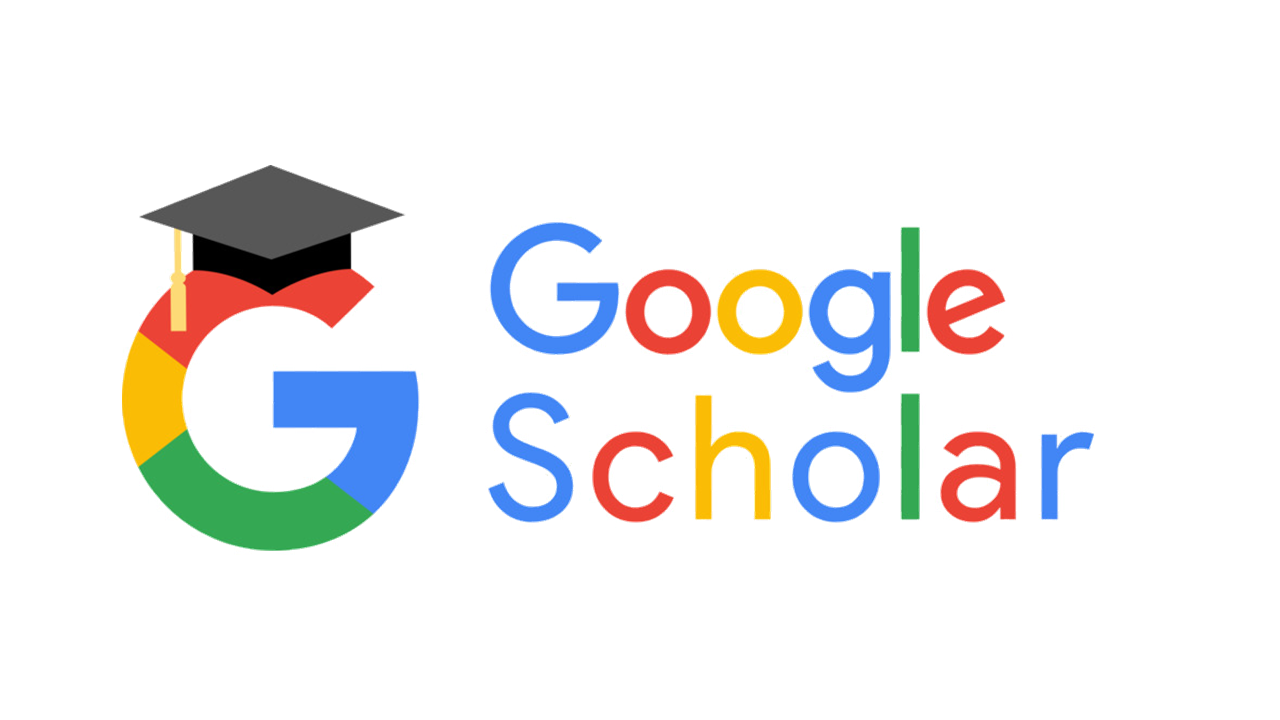Synthesis of Magic Adsorbent Pipe (MAP) Utilizing Rice Husk, Coconut Shell and Coal Fly Ash as an Effort to Purify Water
DOI:
https://doi.org/10.32493/jitk.v7i1.26458Keywords:
Rice husk, Coconut Shell, Coal Fly ashAbstract
The existence of water for the life of living things on this earth is very vital, humans in daily life need clean water for consumption, self-cleaning, farming, and other activities. Cilacap has many industries, where many industries bring waste to the waters. The method used for MAP (Magic Adsorbent Pipe) is by coagulating 50 g of rice husk and 50 g of coconut shell, then adding 100 g of coal fly ash, and then making pipe briquettes were made using the addition of aci flour adhesive. After that, the MAP pipes containing 3 kinds of adsorbents were tested for quality by color, pH, BOD, and COD tests. The air tends to be alkaline with a pH of 8 and becomes neutral with a pH of 7. Then the BOD also decreased from 7,442 mg/L to 6,363 mg/L and the amount of COD from 11,107 mg/L to 9,497 mg/L.References
Arfan. 2006. Pembuatan Karbon aktif Berbahan Dasar Batubara dengan Perlakuan Aktivitas Terkontrol serta Uji Kinerjanya, Universitas Indonesia.
Chandra, B., 2007, Pengantar Kesehatan Lingkungan, Buku Kedokteran,144-147.
Kaman, S. P. D., Tan, I. A. W., & Lim, L. L. P. (2017). Palm oil mill effluent treatment using coconut shell–based activated carbon: Adsorption equilibrium and isotherm. In MATEC Web of Conferences (Vol. 87, p. 03009). EDP Sciences.
Khairunnisa, Rezagama, A., & Fajar Arianto. (2017). Penurunan Kadar COD dan Warna pada Limbah Artifisial Batik Zat Warna Turunan AZO Menggunakan Metode Adsorpsi Arang Aktif dan Ozonasi+Fe2SO4.7H2O. Jurnal Teknik Lingkungan, 6(3), 1–7.
Muljadi, Muniarti T., 2013, Pengolahan limbah batik cetak dengan menggunakan metode filtrasi-elektrolisis untuk menentukan efisiensi penurunan parameter COD, BOD, dan logam berat (Cr) setelah perlakuan fisika-kimia, Ekuilibrium, 12 (1),27-36.
Rohasliney H., Subki N.S., 2011, A Preliminary Study on Batik Effluent in Kelantan State: A Water Quality Perspective. International Conference on Chemical, Biological, and Environment Science 2011, Bangkok, Thailand.
Sembiring, Meilita, dan Surya, T., 2009, Arang Aktif, Digitized USU Digital Library,Sumatera Utara.
Setyaningtyas, Tien., Zusfahair., dan Suyata, 2005, Pemanfaatan Abu Sekam Padi sebagau Adsorben Kadmium (II) dalam Pelarut Air. Majalah Kimia Universitas Jenderal Soedirman., 31(1): 33-41
Vachlepi A., Didin Suwardin, 2013. Penggunaan Biobriket Sebagai Bahan Bakar Alternatif Dalam Pengeringan Karet Alam, Warta Perkaretan, 2013, 32(2), 65-73.
Yao, Z. T., Ji, X. S., Sarker, P. K., Tang, J. H., Ge, L. Q., Xia, M. S., and Xi, Y. Q, 2015, A comprehensive review on the applications of coal fly ash. Earth-Science Reviews, 141, 105–121.
Downloads
Published
How to Cite
Issue
Section
License
Authors who publish with this journal agree to the following terms:
1. Authors retain copyright and grant the journal right of first publication with the work simultaneously licensed under creativecommons.org/licenses/by-sa/4.0 that allows others to share the work with an acknowledgement of the work's authorship and initial publication in this journal.
2. Authors are able to enter into separate, additional contractual arrangements for the non-exclusive distribution of the journal's published version of the work (e.g., post it to an institutional repository or publish it in a book), with an acknowledgement of its initial publication in this journal.
Authors are permitted and encouraged to post their work online (e.g., in institutional repositories or on their website) prior to and during the submission process, as it can lead to productive exchanges, as well as earlier and greater citation of published work (See The Effect of Open Access).
Jurnal Ilmiah Teknik Kimia have CC-BY-SA or an equivalent license as the optimal license for the publication, distribution, use, and reuse of scholarly work.
In developing strategy and setting priorities, Jurnal Ilmiah Teknik Kimia recognize that free access is better than priced access, libre access is better than free access, and libre under CC-BY-SA or the equivalent is better than libre under more restrictive open licenses. We should achieve what we can when we can. We should not delay achieving free in order to achieve libre, and we should not stop with free when we can achieve libre.
Jurnal Ilmiah Teknik Kimia is licensed under a Creative Commons Attribution 4.0 International License
YOU ARE FREE TO:
- Share — copy and redistribute the material in any medium or format
- Adapt — remix, transform, and build upon the material for any purpose, even commercially.
- The licensor cannot revoke these freedoms as long as you follow the license terms.






